Rafiqun Nabi, or Ranabi as he is also called, needs no introduction. The artist's career spans many decades and mediums which include his iconic cartoon character, Tokai. Star Lifestyle met him at a recently held group exhibition, titled 'The Story of Art', presented by Dhaka Storytellers, where he came to give a talk. From our interview and the talk, we present snippets that will offer glimpses into the life and mind of this legendary artist.
Even today, art is not exactly a "mainstream" field to pursue for studies or as a career. So, one can well imagine what the scenario would have been several decades ago during the time of a young Rafiqun Nabi. However, in this regard, Nabi considers himself lucky. He said that he got the opportunity to study art because even more than him, his father and other family members were very interested and supportive.
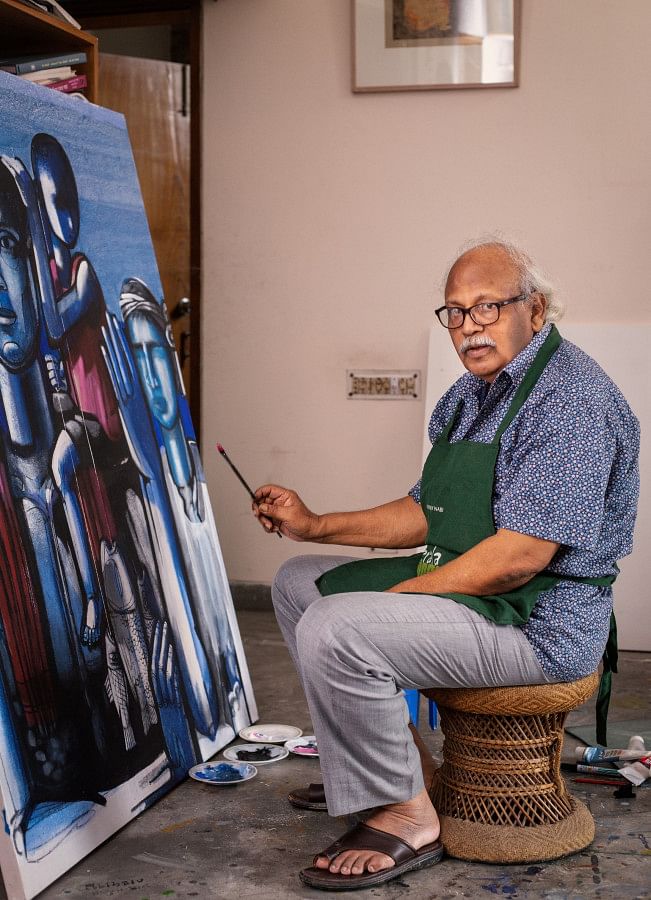
Further back in the past, Nabi remembers that in his childhood, when his father used to teach alphabets, he used to pick a word beginning from each letter, and then portray that word in drawing. Seeing his father do that Nabi also used to try and draw.
His father may have been one of the first influences in the artist's journey.
"As a student, I had been very lucky that I got so many big names of Bangladesh as teachers," Nabi recollected, citing legendary maestros like Zainul Abedin. "Learning to draw or paint was one thing —and we did all that — but we also learned a lot from their mannerisms, attitudes, and personalities."
Even after so many years, he speaks very fondly of them. Fast forward a few decades, he is a Professor Emeritus himself. So, what advice does Nabi have for anyone who aspires to be an artist?
"Your eyes and ears must be open. You have to learn how to see, how to observe. I think these studies are very important for anyone who wants to be an artist. Just learning to draw or paint is not enough. That cannot be all," he said.
Clearly, his paintings are a reflection of that, be it Tokai providing us with a commentary on our society or a beautiful look into our country. Moreover, Nabi's own pursuit as a young artist to balance his passion for art, on one side, and financial stability on the other, is a lesson in itself.
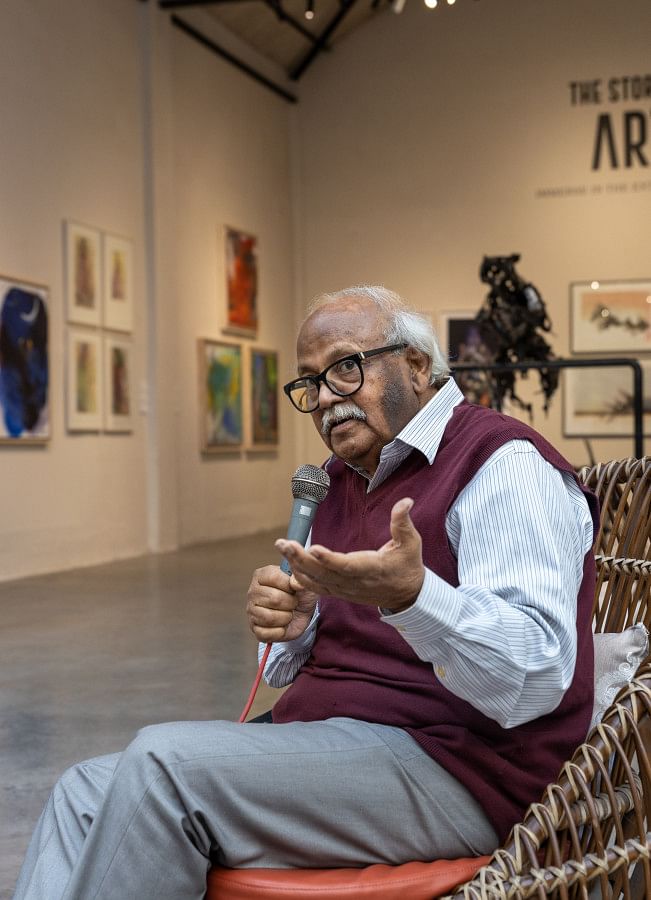
"Everybody will not be Zainul Abedin. Everybody will not be Quamrul Hassan. So what will be the future? How can I provide for my family?" he elaborated. "No chance of denying that there was the agenda of earning money as well! Hence, we also pursued activities like book cover design, illustrations in newspapers, etc."
All these are testaments to the height of Nabi's genius. What would be the Ranabi legacy, then? For sure, the word "Tokai" is now common in our vocabulary. But what would Nabi want people many years from now to remember him as?
The veteran artist chuckled at my question but being the humble man he is, he ventured a reply:
"Paintings go into homes and galleries. General people are often deprived of the chance to view them, compared to a lot of sculptures that are in public spaces. But there is always a deliberate effort from my side that my works are liked by all, from connoisseurs to general people. At least the usage of the word 'Tokai' is commonplace!"




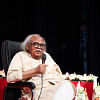
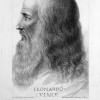
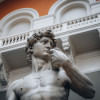

Comments